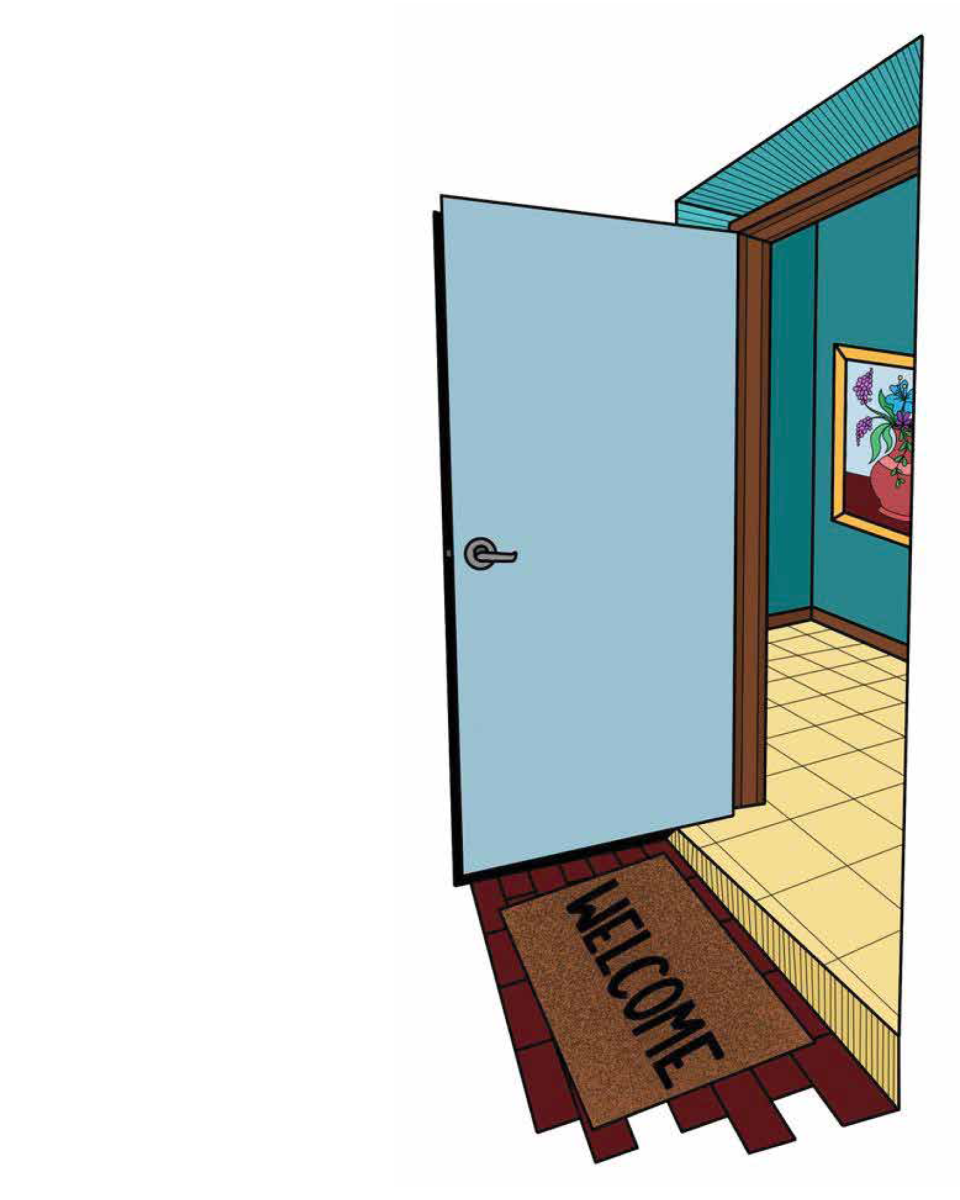On Jan. 13, Starbucks announced they are reversing their open door policy. This means customers are required to make a purchase in order to use the restroom or seating.
The new policy was implemented in order to better customer experience and safety, though many are unhappy with this new change.
Open-door policies are necessary to keep the idea of third spaces existing. A third space is somewhere outside of home or work to hang out, such as malls or cafes. It is a place to be social and to take time away from staying at home or work.
Third spaces have begun to die out due to online shopping causing the elimination of malls and other shopping centers. This leaves fewer spots to be able to socialize or do work. Of the few third spaces left, Starbucks was one of them: a place to be able to lounge and have a coffee if so desired. With the open-door policy gone, another one of these simple spots is lost.
Losing the open-door policy is an odd change to make. It’s very consumerist, requiring a person to spend money at an establishment in order to use the restroom. Corporate greed results in companies often chasing profit rather than customer satisfaction. While Starbucks stated the change is in the customers’ best interest, it goes against their original conduct of creating an inviting space for all to relax at.
Originally, the rule was instigated in 2018 when two Black men were arrested for using the Starbucks bathroom as the police deemed it trespassing. After this instance, Starbucks made a statement clarifying their policy.
“We want our stores to be the third place, a warm and welcoming environment where customers can gather and connect,” the statement reads. “Any customer is welcome to use Starbucks spaces, including our restrooms, cafes and patios, regardless of whether they make a purchase.”
With this rule now reversed, there is a clear divide between Starbucks and its customers. There’s a new emphasis on selling rather than allowing an open and accessible environment.
Practicality is also lost upon closing the doors. Starbucks is no doubt a go-to when needing to use the restroom when out. With the policy now changed, the convenience of a fairly clean public bathroom is now lost — unless paired with the purchase of a drink.
Starbucks has the accessibility of being located practically anywhere: the side of the road, in a mall, a shopping center and more. Removing this originally public restroom takes away from a solution to a common human problem — needing to use the restroom.
Losing the practicality in Starbucks ties back to their sudden consumerist policies. They take a basic human need and put a price tag on it. In the consumerist U.S., this tactic tries to convince customers that there is a need for the restroom. The nature of these businesses focus on trying to find ways to garner profit from any opportunity.
In a way, the policy change isn’t as awful as it could be. There are still other places with a public restroom without the requirement of a purchase. This could also help improve the safety of the chain, now enforcing only paying customers on their property. However, a big corporation such as Starbucks changing this rule on which they prided themselves can create leeway for other businesses to do the same.
By putting a transaction fee on what was once a public space, what does the future hold for other similar spots?



MuChao • Feb 24, 2025 at 6:53 am
Not that I disagree with the premise of this piece, the loss of third spaces is an important issue, but here’s an idea:
Stop supporting corporate coffee shops like Starbucks.
There are tons of local coffee shops in Boone that not only serve significantly better coffee, the atmosphere is nicer and you’ll be supporting a small, local business, not a multi-billion-dollar conglomerate. If people keep giving their money to Starbucks I can assure you that their policies are not going to change. Corporations only respond to one thing: shareholder profits.
¯\_(ツ)_/¯